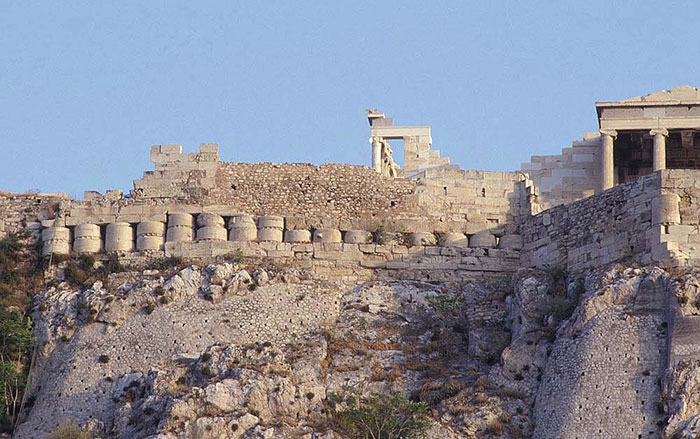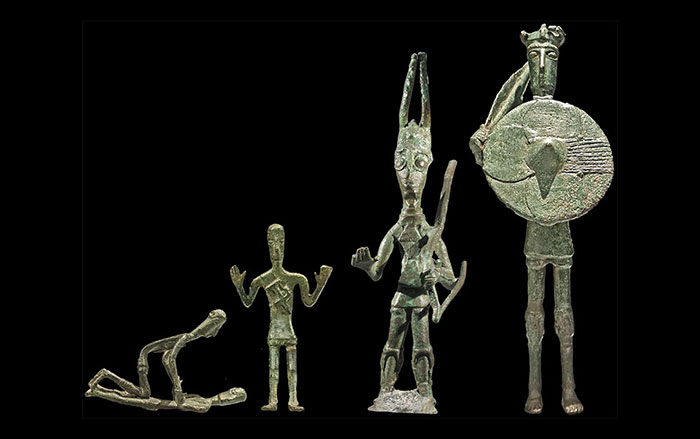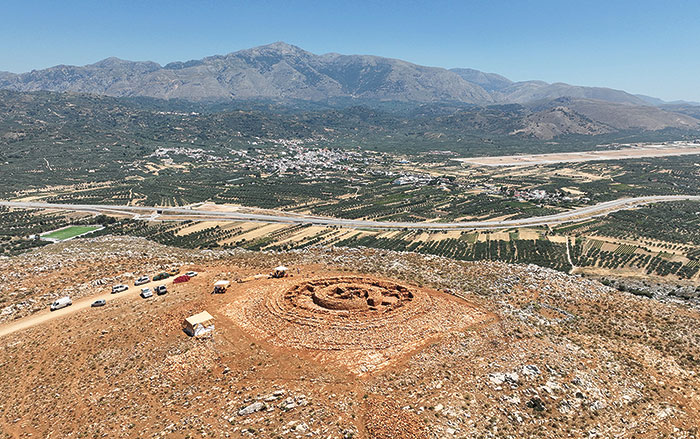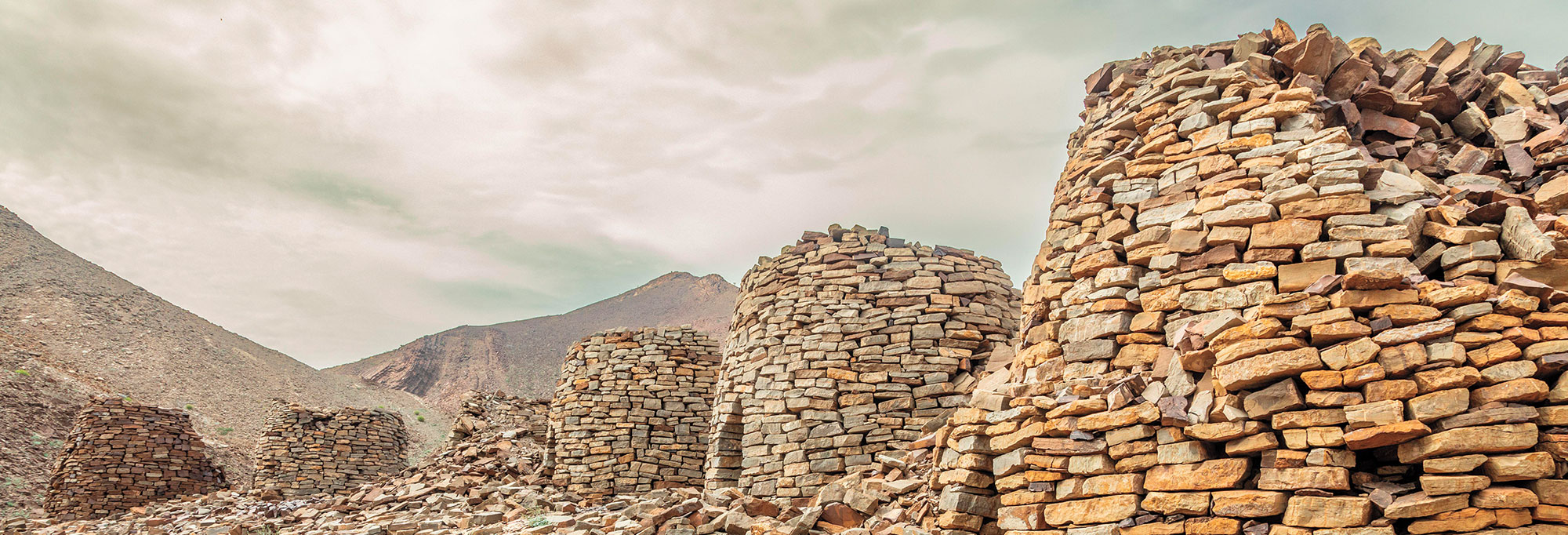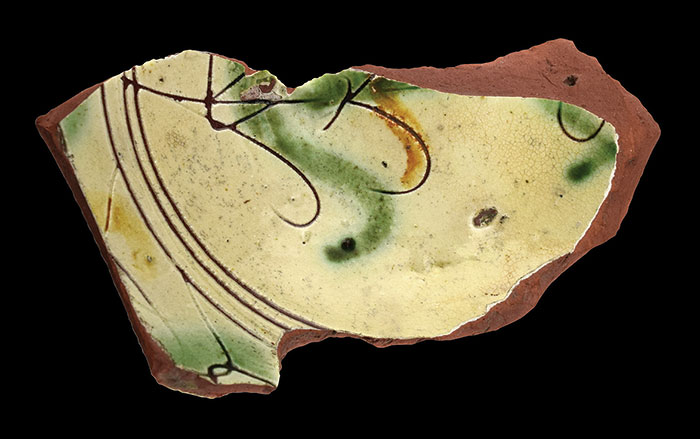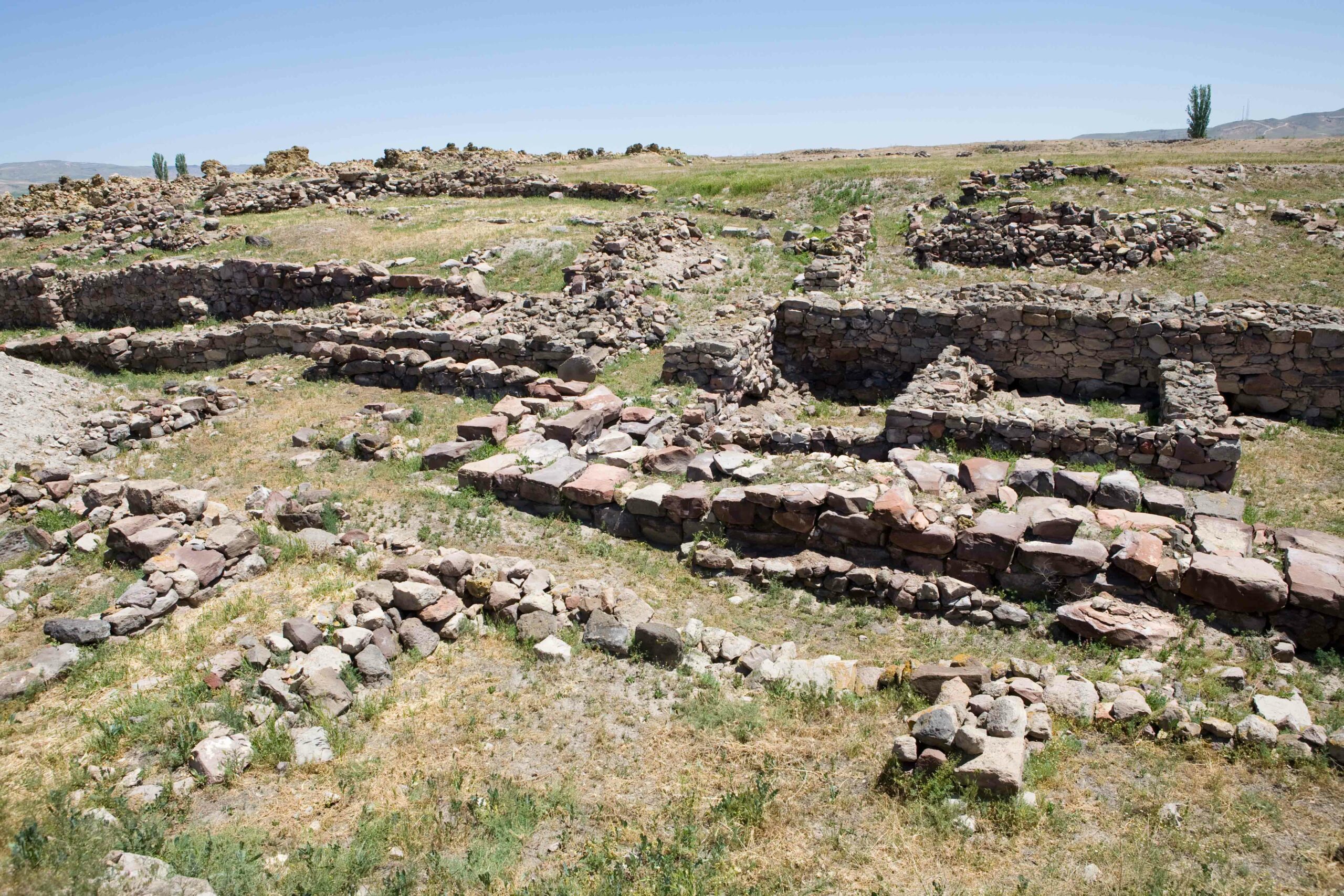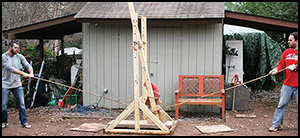
BLOOMINGTON, INDIANA—Science News reports that archaeologist Nicholas Blackwell of Indiana University built a pendulum saw to test stone-cutting techniques that may have been employed by Mycenaean builders, beginning about 3,300 years ago. Distinctive, curved cuts have been found in the hard stone conglomerate at Mycenaean palaces, and scholars have surmised that they were made with some kind of swinging blade, but no ancient blades or evidence for pendulum saws have been found to date. With the help of his father, George, who is a plumber, Blackwell constructed the eight-foot-tall pendulum and a frame that would allow it to swing, and tested it with four bronze blades of varying shapes, including a long, curved blade; a triangular blade with a rounded tip; a short, straight-edged saw; and a long, straight-edged saw with rounded corners. The surface of the limestone cut during the testing was lubricated with water and sand every two minutes. The experiment shows that the straight blade with rounded corners produced a cut resembling those found at Mycenaean sites. Blackwell said that after a deep enough cut was made, a worker could have chiseled and hammered off stone on one side of the incision. To read in-depth about experimental archaeology, go to “The Neolithic Toolkit.”


